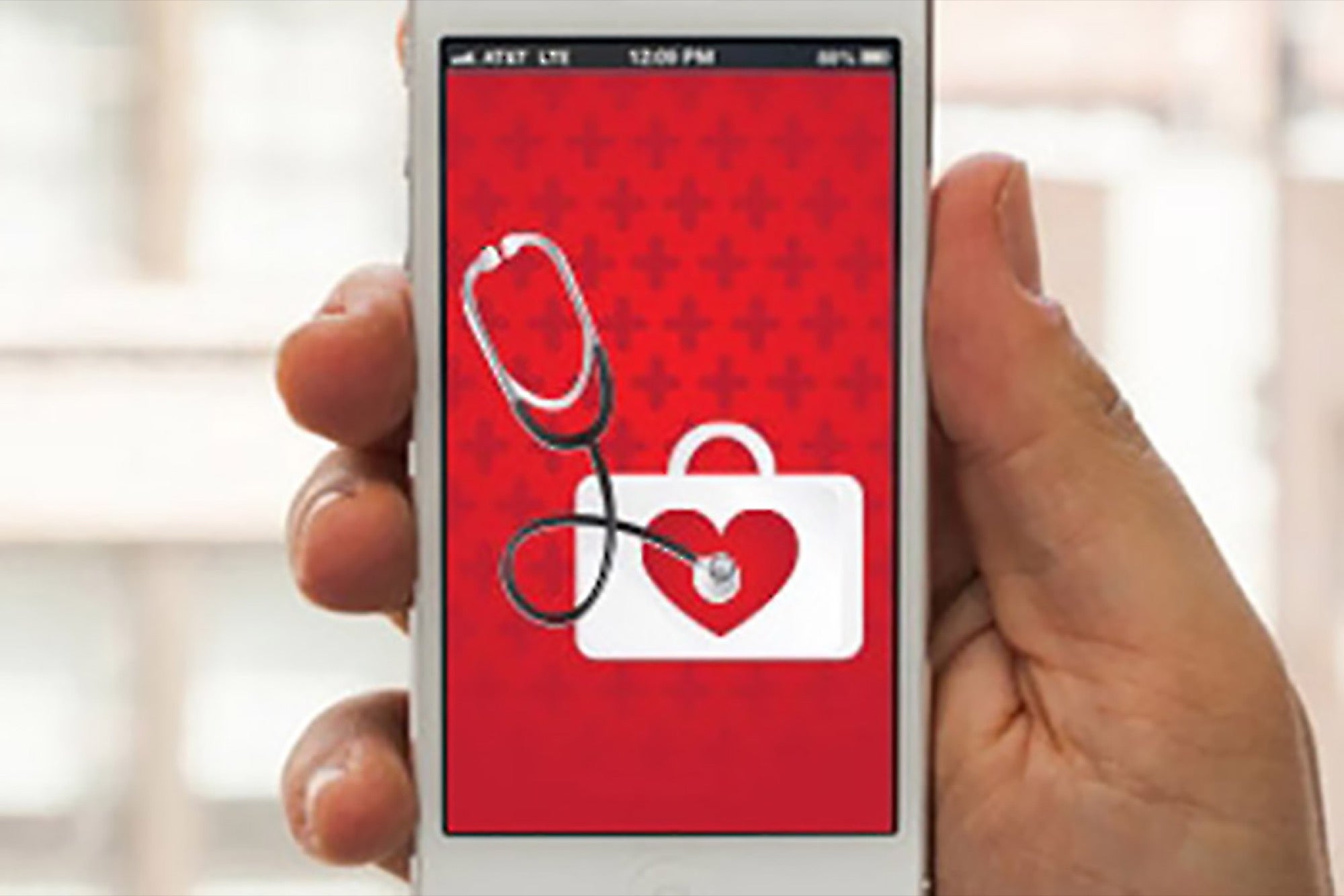CES 2013: A 'Healthy' Outlook for Gadgets Combining baby boomers' needs with tech's newest innovations may create this year's strongest electronics category.
Opinions expressed by Entrepreneur contributors are their own.

LAS VEGAS -- The 2013 Consumer Electronics Show (CES) has officially kicked off and the conference hall floor is jam-packed with exhibitors and attendees from all over the world. Early observations seem to match advance buzz that while televisions will be bigger than ever and gadgets will be the glitziest yet, health and fitness will be the category to watch in 2013.
Known for ushering in innovative technologies for sedentary consumers -- like the VCR in 1970, compact disc player in 1981, and the 3-D HDTV in 2009 -- this year CES will showcase an increased amount of products aimed at people who are interested in living longer and healthier. More than 215 exhibitors are slated to display digital health electronics, up 25 percent from last year, perhaps latching onto the seismic shifts in health care in recent years.
Recent advancements in technology and demand by baby boomers have increased the popularity for wellness devices. According to AARP, for the first time in history, seniors make up the largest age group in the U.S., and by 2015, 45 percent of the population will be 50 or older. Over the last year, more than half of U.S. online consumers used fitness electronics, and more than one-third plan on buying a health-related gadget in 2013, says the Consumer Electronics Association (CEA).
Related: 5 Startups Worth Watching at CES 2013
"We continue to see technology play an increasingly important role in health and fitness," says Kevin Tillmann, senior research analyst with the CEA, which has produced the trade show since 1967. "Fitness technology is empowering consumers to assess their fitness levels, set achievable goals, track progress and make exercise more rewarding."
At least three kinds of health-related products have emerged as popular in 2013:
1. Apps, devices and health-care services:The smartphone revolution may make fitness app development seem like a no-brainer, but as the market matures, the programs have become increasingly complex and eaten away at the demand for other, standalone athletic devices. "This year we saw considerable growth in fitness apps," says Tillman. "This enables the devices we already own to turn into pedometers, accelerometers and distance trackers."
For example, Boulder Creek, Calif.-based HeartMath, is launching a new health product with an accompanying app at the show. The company's emWave products -- a mix of hardware and software -- help users better manage stress by changing their heart rhythm pattern. While previous emWave devices worked by connecting pulse sensors to a computer's USB port, the company's transition to smartphone-centered products shows the direction the HeartMath, and the industry, is taking.
Related: The Top 10 Tech Accessories of 2012
2. Beyond smartphones and apps: Despite the popularity of mobile technology, expect to see some smaller-than-ever innovations emerge from Las Vegas this week. London-based Plessey Semiconductors -- an established technology company that's helped power everything from the world's first televisions to today's high-brightness LEDs -- will demonstrate imPulse, a new, handheld electrocardiogram monitor that will likely innovate medicine and hospital procedures.
Rather than use electrodes taped to the patient's chest, imPulse only requires they touch two contact pads with their thumbs. The body's electric signal flows through the device, and is displayed on a connected laptop or other device.
"At present, a nurse could monitor around 20 or so patients and measure their heart rate," says Alan Colman, a product manager with Plessey. "With this device, a nurse could remotely monitor a hundred or more patients and focus on those patients when there is a problem identified."
3. Video chat doctor visits: The ability to handle higher demand is something that Dublin, Ohio-based HealthSpot is also looking to cover by demonstrating its walk-in kiosk at CES. Looking to change the doctor's office similar to the way that ATM's revolutionized banking, the HealthSpot Station aims to minimize waiting times and create more convenient health-care locations and hours for patients.
HealthSpot says its service connects people with remotely-located doctors who can administer tests, monitor symptoms and perform other tasks remotely, via video-chat. And while HealthSpot's service may seem like a solution in search of a problem, with a potential 2025 doctor shortage of up to 130,000 physicians, there may be no better time to deploy all this futuristic tech -- from apps to kiosks -- than the present.
Related: 10 Gadgets to Boost Your Office's Fun Factor










